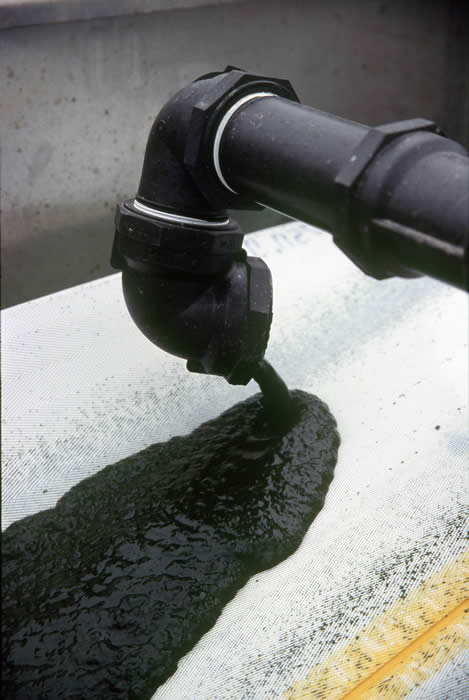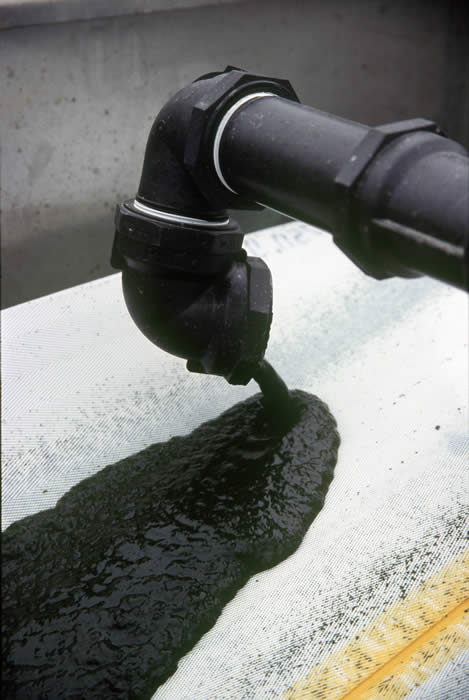 This is a guest post by Phil Scadden, a regular commenter at Hot Topic (bio at the end of the post). Phil’s interested in energy issues, and has spent a considerable amount of his personal time developing an overview of New Zealand’s energy issues, inspired by the approach used by Cambridge physicist David MacKay in his recent book Sustainable Energy – without all the hot air. I’m very pleased to say that Phil is making his work available via Hot Topic (PDF here), because the perspective he brings provides a starting point for the strategic energy debate we need to be having. Over to Phil:
This is a guest post by Phil Scadden, a regular commenter at Hot Topic (bio at the end of the post). Phil’s interested in energy issues, and has spent a considerable amount of his personal time developing an overview of New Zealand’s energy issues, inspired by the approach used by Cambridge physicist David MacKay in his recent book Sustainable Energy – without all the hot air. I’m very pleased to say that Phil is making his work available via Hot Topic (PDF here), because the perspective he brings provides a starting point for the strategic energy debate we need to be having. Over to Phil:
Sustainable Energy – without all the hot air by Cambridge physicist David MacKay is an excellent and highly readable book of numbers about the questions associated with sustainable energy (available as a free download at www.withouthotair.com). As an advocate of sustainable energy, he describes himself as “pro-arithmetic” rather than a campaigner for one type of energy production over another, which is surely what informed debate needs. Rather than dealing with daunting numbers, he reduces energy calculations to units of kWh/person/day. 1kWh is the unit we pay for in our electricity bills — the energy used by one bar heater switched on for one hour. If you want to prioritise savings then you need to read this book. Turning off a cell phone charger when not in use for a year saves the energy found in one hot bath. “If everyone does a little, then we will achieve only a little”.
The majority of MacKay’s calculations are done for the UK, and I was interested in a New Zealand perspective. To this end, I have used a similar approach to look at two questions.
- Can New Zealand maintain its current per capita energy consumption without fossil fuels and, in particular, can we live on renewable energy sources alone?
- How can we achieve a BIG reduction in our personal and national energy consumption, in order to reduce our power requirements?
The detailed document (about 20 pages) can be downloaded here, but this is a quick overview.
Currently 30% of NZ’s energy comes from renewable generation. My calculations (based mainly on 2007 data) show that NZ has the potential to increase this to nearly 100% over the next few decades, thus eliminating fossil fuel use, while still maintaining our current per capita energy consumption (assuming no significant population growth). We could do this initially with new hydro, geothermal and wind generation, while large-scale solar and marine technologies are promising options for the future. Biofuels are feasible but only at the expense of considerable agricultural intensification.
Continue reading “A sustainable energy future for NZ (without all the hot air)”

 Time for an update on Aquaflow, the Blenheim algae company we have frequently covered on Hot Topic this year. Things continue to look promising for it in the world outside NZ. Its discussions with overseas companies have resulted in a contract with Greenleaf Environmental of Chengdu City, Sichuan Province in China to investigate suitable sites in China for Aquaflow’s technology.
Time for an update on Aquaflow, the Blenheim algae company we have frequently covered on Hot Topic this year. Things continue to look promising for it in the world outside NZ. Its discussions with overseas companies have resulted in a contract with Greenleaf Environmental of Chengdu City, Sichuan Province in China to investigate suitable sites in China for Aquaflow’s technology. Blenheim company Aquaflow, appropriately, is not standing still. BusinessGreen
Blenheim company Aquaflow, appropriately, is not standing still. BusinessGreen